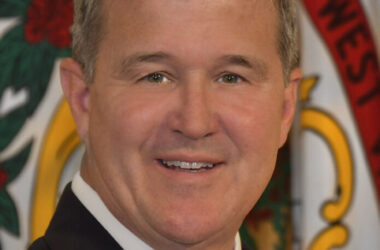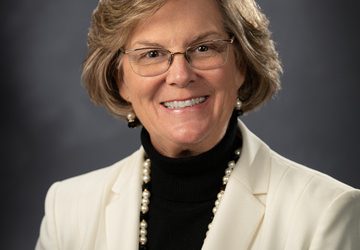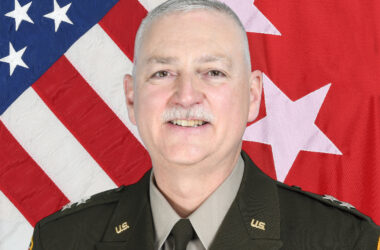An editorial from the Parkersburg News and Sentinel
PARKERSBURG, W.Va. — No one needs to tell Mountain State residents their numbers are dwindling: We see our families and friends move to other, more prosperous locations in a nearly constant stream. But the emigration crisis was hammered home last week by estimates from the U.S. Census Bureau, which show that, for the first time in nearly 100 years, the population of our state’s capital has fallen below 50,000.
In fact, the 2015 estimate puts Charleston’s population at 49, 736; down 590 from the year before.
If even the bureaucratic hub of West Virginia, filled with state-government jobs, schools, hospitals and all the retail, restaurants and services to fulfill the needs of those folks, cannot sustain a population at the level that merits Census Bureau attention, what chance does the rest of the state have?
Surely lawmakers in both Charleston and Washington, D.C., are hearing alarm bells with this news. The last time our capital’s population was lower was in 1920. Meanwhile, Huntington, Wheeling, Beckley, Bluefield, Clarksburg, Fairmont and Weirton all lost population, though, notably, Parkersburg lost only 63 residents between 2014 and 2015. Meanwhile, Morgantown and Martinsburg gained population.
Morgantown’s success is no secret. A university and hospital system provided the foundation for a diversified economy that might lend ideas to other parts of the state. Martinsburg is practically a suburb of Washington, D.C., that happens to be right in the middle of one of the more attractive tourist destinations in the region.
But as extraction industries suffer through a painful demise, chemical facilities shrink, steel mills close, glass factories near extinction and budget woes make it difficult to hold on to enough bright young people to turn those trends around, the rest of the state MUST find its own success stories.
The last census year that saw Charleston’s population this small was nine years before the start of the Great Depression, 19 years before the start of World War II, the last surviving Civil War veteran had another 36 years to live, and a gentleman named John J. Cornwell sat in the governor’s office. Now Gov. Earl Ray Tomblin knows he is headed for the door of that office, but two men await the opportunity to occupy it. Any good ideas they might have about reversing the population decline in the Mountain State would likely go a long way toward helping them get there.
To read more from the Parkersburg News and Sentinel, subscribe here.




